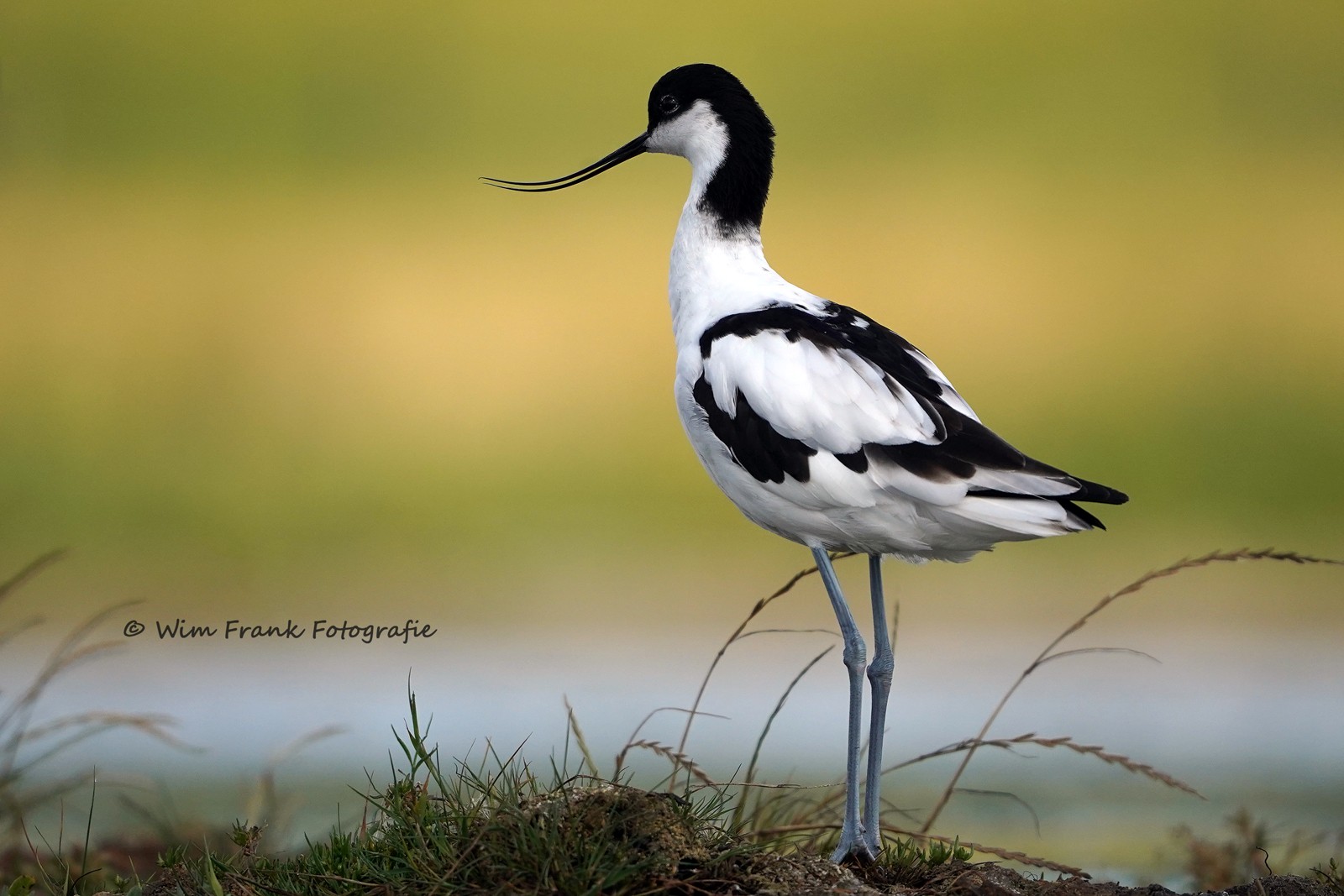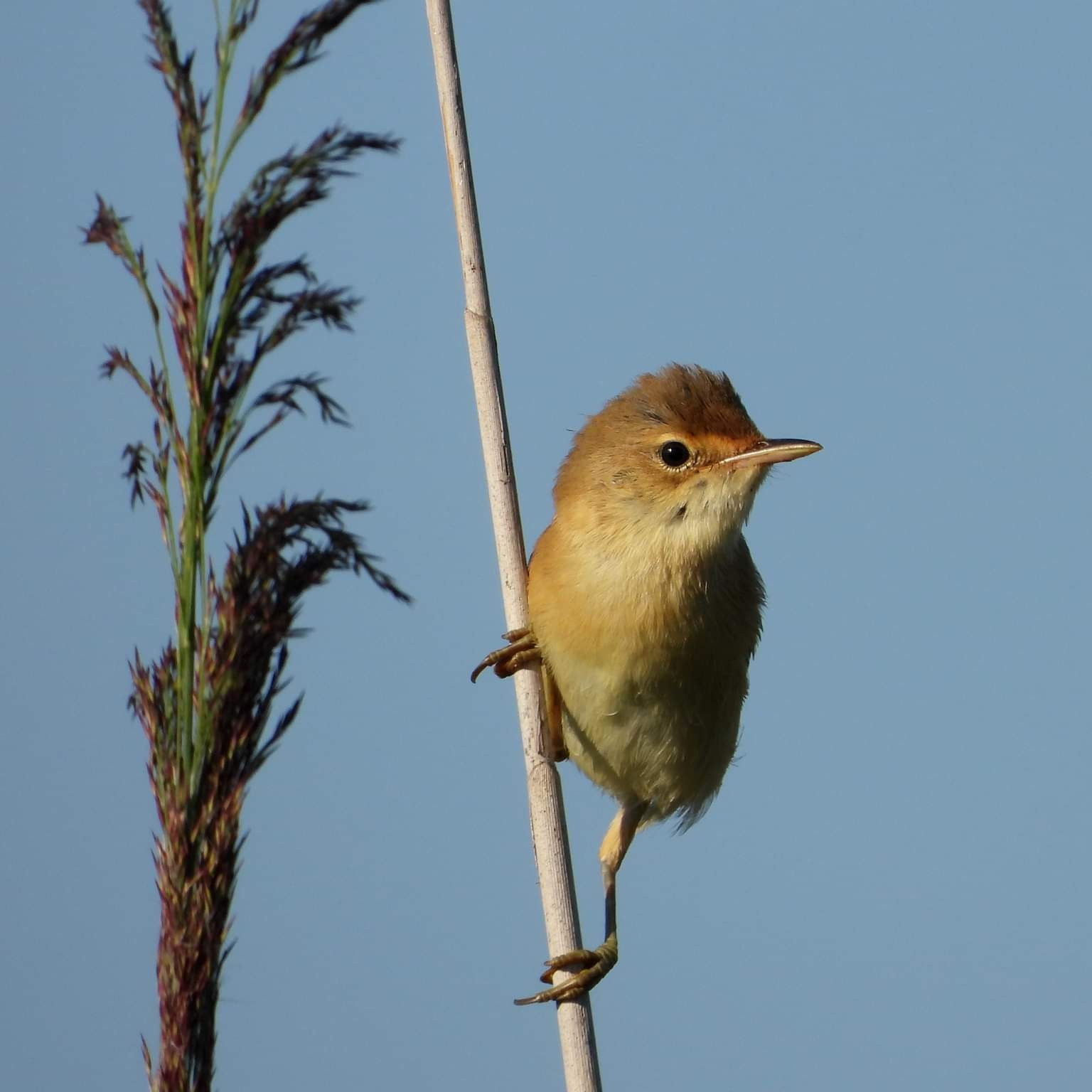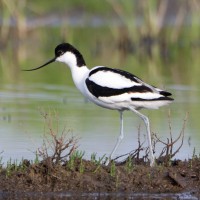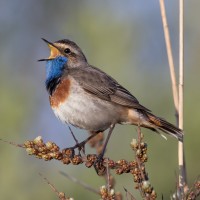Description
The Polder Breebaart was diked in 1979 and is the last piece of reclaimed land in the dutch province of Groningen. In 1991 the polder was transformed into a damp tidal area where seawater from the Dollard flows into the polder through an opening in the Delta dike. The polder changed into salt marsh and is now a brackish nature reserve. The unique nature attracts many birds, such as the thousands of geese that hibernate here. Breeding birds such as Hettumáfur, Sílaþerna and Kría reside in the area in large numbers. The polder also houses the largest Bjúgnefja colony in Europe. And you have a good chance of seeing Flatnefur, Blábrystingur, Grálóa, Lappajaðrakan, Brúnheiðir, Haförn and many different and rare species of waders.
Details
Access
You can park at the visitor center (click on the P on the map to directly go there). Two hiking trails cross the area. The short 2-kilometer route starts at the visitor center and is also accessible for the disabled. Sturdy, waterproof footwear is required for the 10-kilometer hiking route. This route is shown on the map.
A temporary bird hide was installed in March 2020. This replaces the old bird watching hut and is there until a new bird watching hut is placed.
Terrain and Habitat
Wetland , Mud flats , Grassland , SeaConditions
Flat , Wet , Open landscapeCircular trail
NoIs a telescope useful?
Can be usefulGood birding season
All year roundBest time to visit
Spring , Spring migration , Autumn migrationRoute
Wide path , Narrow trailDifficulty walking trail
EasyAccessible by
FootBirdwatching hide / platform
YesLinks
- Recent bird sightings in the area on Waarneming.nl
- Website of Groningerlandschap.nl on Polder Breebaart



.jpg)

